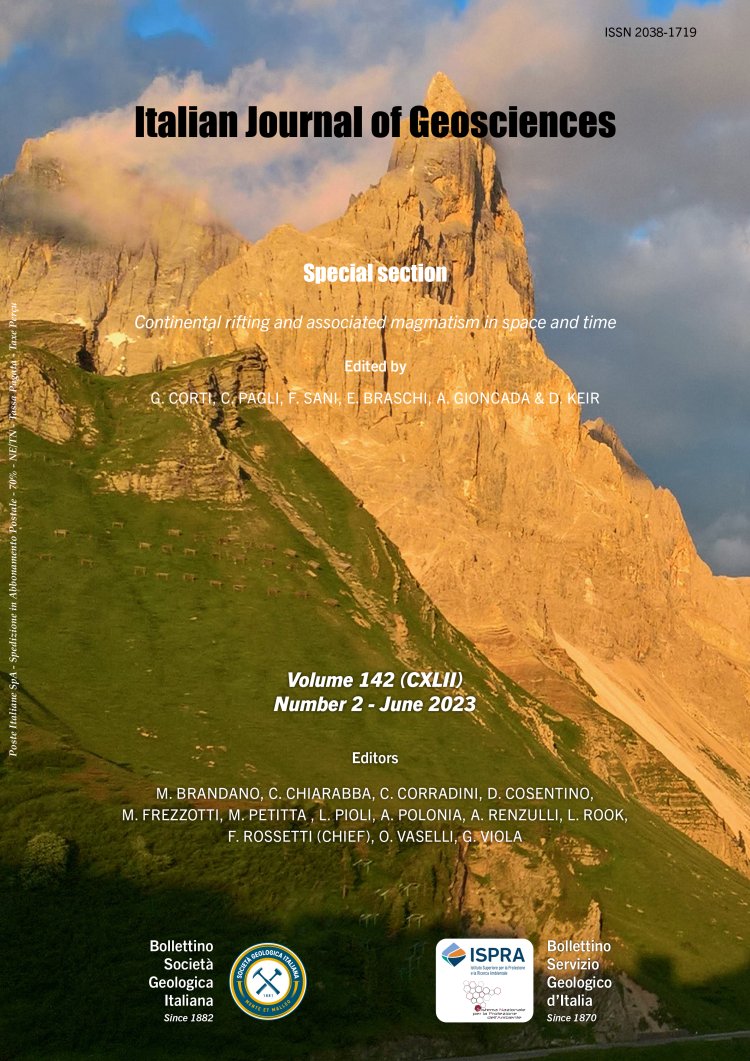
Characterization of the Grigna karst aquifer (Northern Italy) by springs monitoring and tracer tests
Felicita Spreafico1, Stefano Basiricò1, Alberto Previati1, Paolo Frattini1 & Giovanni Battista Crosta1
1University of Milano-Bicocca, Department of Earth and Environmental Sciences DISAT, Piazza della Scienza 4, 20126 Milano – Italy.
Corresponding author e-mail: stefano.basirico@unimib.it
DOI: https://doi.org/10.3301/IJG.2023.11
Volume: 142 (2023) f.2
Pages: 183-199
Abstract
Alpine and prealpine karst aquifers represent a considerable water reserve due to the extension of the carbonate massifs. These aquifers are particularly vulnerable and require careful monitoring and protection activities. The Northern Grigna massif (Western Orobic Prealps, Lombardy Region) represents one of the most significant karst areas in Northern Central Alps of Italy, characterised by a deep karst system and a high density of cave entrances. The Fiumelatte Cave and the Fonte Uga spring represent the main identified outflows of the Northern Grigna groundwater karstic system. Past tracer testing established the connection between the upper karst massif and the Fiumelatte Cave and suggested a possible link between the Esino river and the two springs.
The characterization of the Grigna karst aquifer by an annual monitoring of the main springs and the interpretation of hydrochemical and hydrological data is the main topic of this paper. The continuous monitoring of water temperature, discharge, electrical conductivity and turbidity at Fiumelatte and Fonte Uga springs allowed to define a conceptual model of these connected discharge points within the karst system.
Two multiple tracer tests with fluorescent dyes injected along the Esino river and deep into two caves enabled to better investigate the dynamics of the groundwater flow system and of the springs. The tests revealed the coexistence of different drainage systems within the karst massif and confirmed the relationship between Fiumelatte and Fonte Uga springs. The first one, a temporary spring which activates only after intense rainfall events or during the snowmelt period, represents the overflow system of the second one, which is a perennial spring.
An updated model of the Grigna karst system is presented, with a particular focus on the hydrogeochemical characteristics of the main springs and on the flow network developed in the peculiar geological and structural setting of this karstic massif.
Keywords
Get Full Text